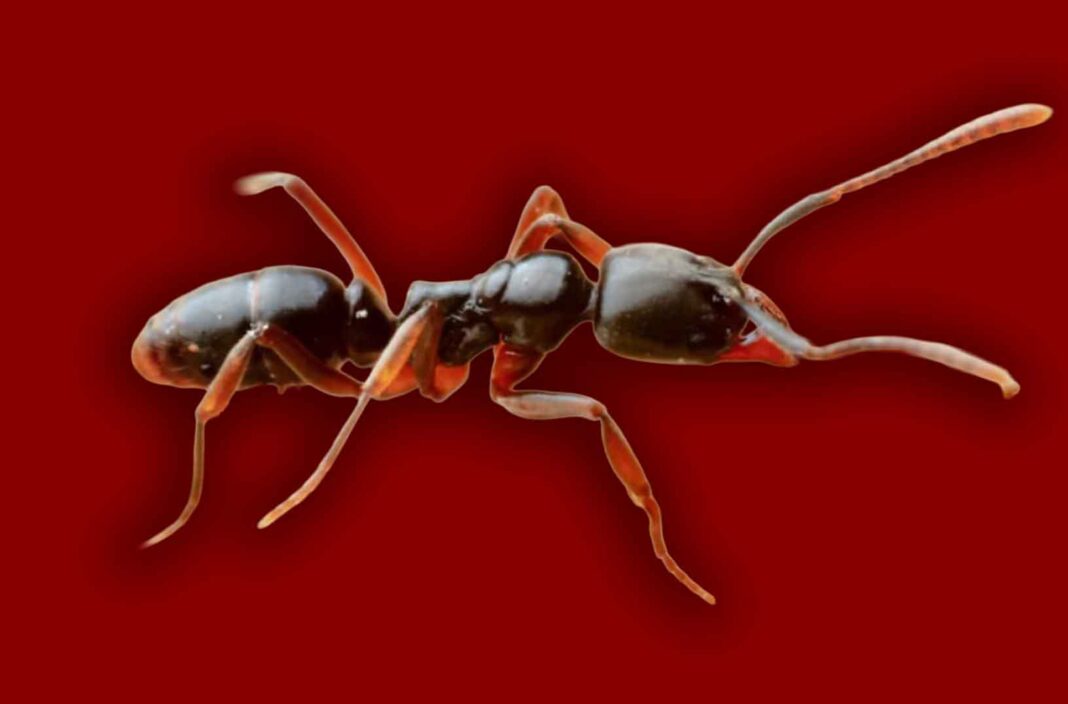Asian needle ants, an invasive species initially identified in the southeastern United States, are causing escalating alarm among experts as they continue their expansion northeast and west. Relatively unnoticed for many years after their introduction to the US a century ago, these ants are now considered a medically significant pest due to the severe and potentially fatal allergic reactions their stings can induce in humans. Experts are now urging increased caution, particularly as the ants’ population grows and spreads.
The documented spread of Asian needle ants (Brachyponera chinensis) has seen them move from a few southeastern states to as far as New England and the Midwest. According to the U.S. Department of Agriculture (USDA), these ants possess the capability to invade a wide array of temperate forests across North America. With the onset of their spring swarming season, there is a heightened concern that these ants could precipitate an increase in medical emergencies throughout the country.
Professor Dan Suiter, an urban entomologist at the University of Georgia, has highlighted the growing threat. He reported a noticeable uptick in severe reactions to Asian needle ant stings in 2024, having received three calls regarding individuals suffering anaphylaxis from their stings. This number is significantly higher compared to previous years, underscoring the increasing danger posed by these insects beyond typical pest concerns.
Anaphylaxis, the severe allergic reaction triggered by these stings in some individuals, is a severe, life-threatening allergic reaction. The condition can be life-threatening because the immune system releases a flood of chemicals that constrict airways, hindering breathing, and can also cause a significant drop in blood pressure, elevating the risk of cardiac arrest. The exact number of fatalities resulting from Asian needle ant stings in the US remains unclear.
Native to China, Japan, and Korea, Asian needle ants are characterized as small, shiny, and dark brown to black, with distinctive light-orange tips on their legs and antennae. They were first officially discovered in the US in 1932, though by that time they were already established in at least three southeastern states, likely introduced via shipping. Unlike more aggressive species such as fire ants, Asian needle ants typically do not defend their nests but will sting if they become trapped against human skin, delivering a venomous and painful sting regardless of an allergic reaction.
Experts advise that individuals who have known adverse reactions to other insect stings or who carry epinephrine should exercise particular caution in areas where these ants are prevalent. Identifying the species can be challenging for the untrained eye. Control measures to limit their spread have been explored but are often extremely costly. Asian needle ants commonly nest beneath logs, stones, and leaf litter, and may also inhabit wood piles.





